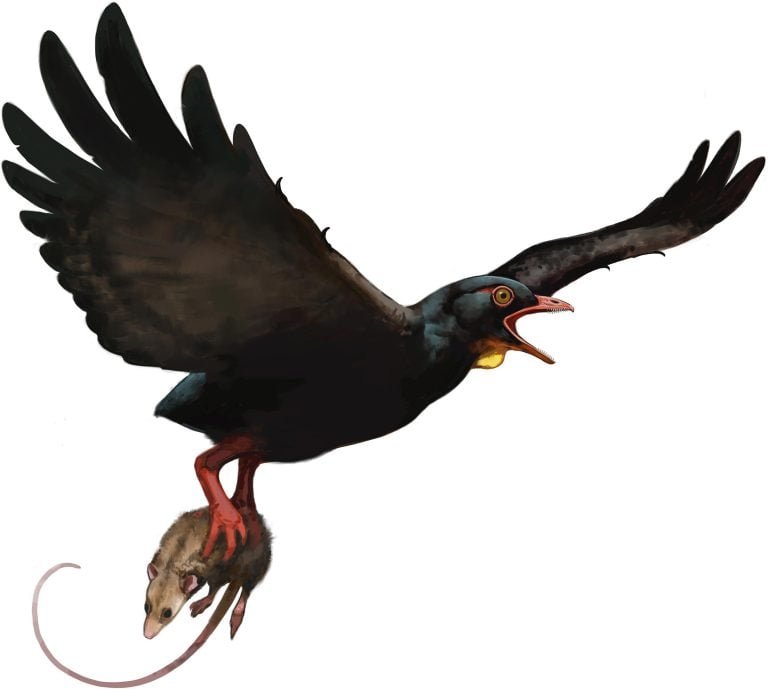A groundbreaking study published in PLOS ONE has revealed three new species of large, hawk-sized birds from the Late Cretaceous period in Montana. These ancient birds, belonging to the enantiornithine group, boasted powerful raptor-like feet and shed light on the evolution of bird diversity.
Key Discoveries:
- Three new enantiornithine bird species: Magnusavis ekalakaensis, Avisaurus darwini, and an unnamed Avisaurus species.
- Hawk-sized birds with estimated weights over 1 kilogram.
- Powerful leg muscles and feet adapted for gripping and carrying large prey.
- Evolutionary trends toward larger body size and diverse ecological roles.
Insights from Fossil Records:
The Hell Creek Formation in Montana yielded fossilized lower leg bones, dating back to 68-66 million years ago. Analysis reveals:
- Proportions and adaptations similar to modern hawks and owls.
- Strong ankle flexion, indicating ability to carry heavy prey.
- Ecological roles akin to living raptorial birds.
Expert Perspectives:
“Avisaurids exhibit hindlimb features indicating strong ankle flexion, suggesting the ability to carry heavy prey and behaviors similar to living raptorial birds.” – Alexander D. Clark et al.
Implications and Future Research:
These findings expand our understanding of Late Cretaceous bird diversity, highlighting the evolution of ecological roles and large body size. Fragmentary fossils can reveal crucial ecological information, clarifying evolutionary trends.
Reference:
Clark et al. (2024). New enantiornithine diversity in the Hell Creek Formation and the functional morphology of the a visaurid tarsometatarsal
Explore More:
- The evolution of bird diversity
- Cretaceous period discoveries
- Ancient bird fossils and ecology
Subscribe to our newsletter for the latest science and tech updates!

















